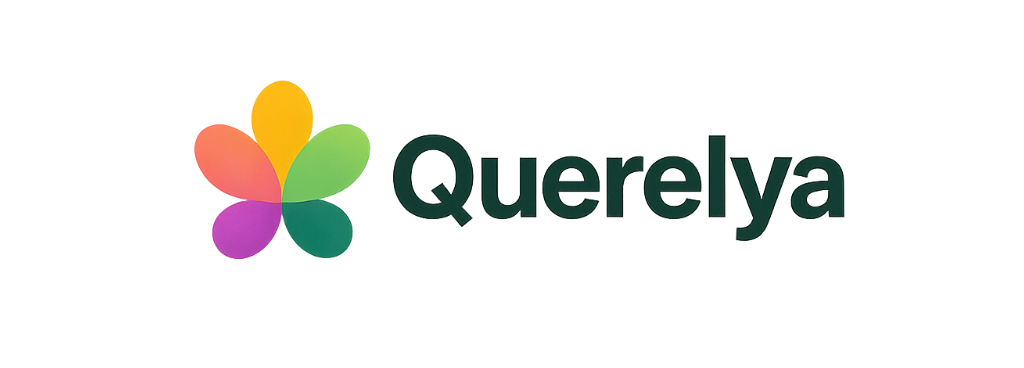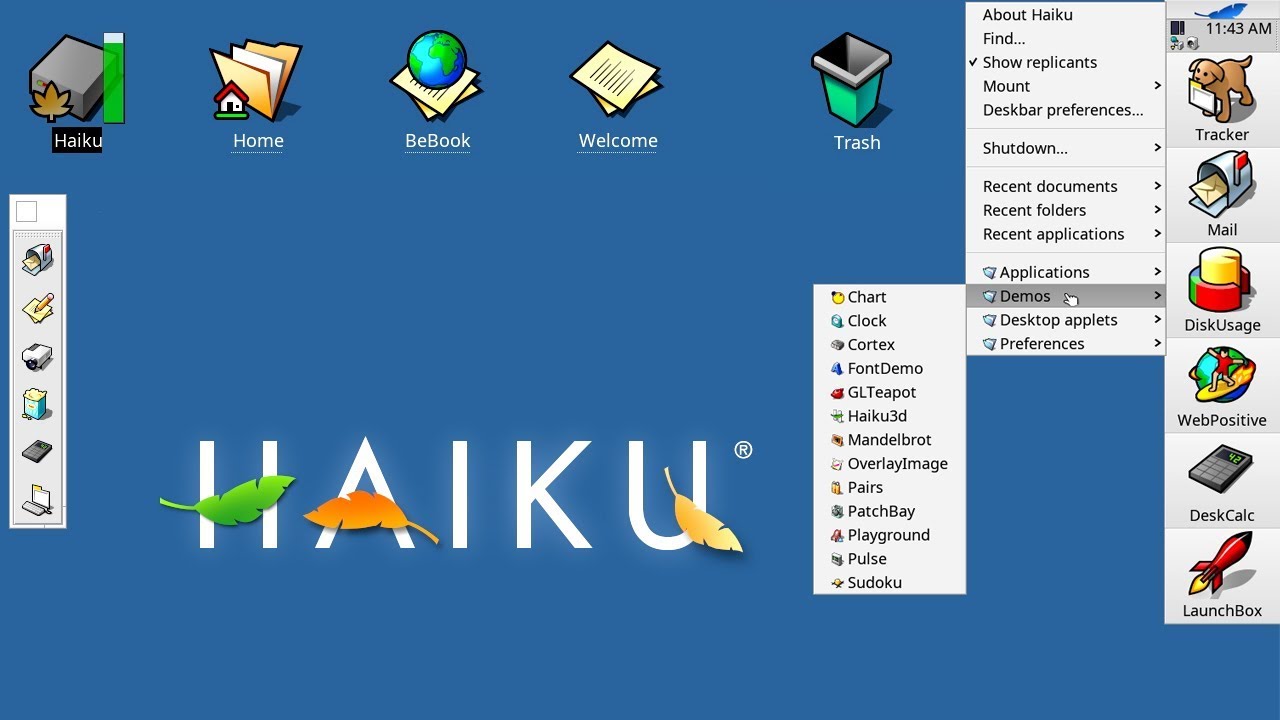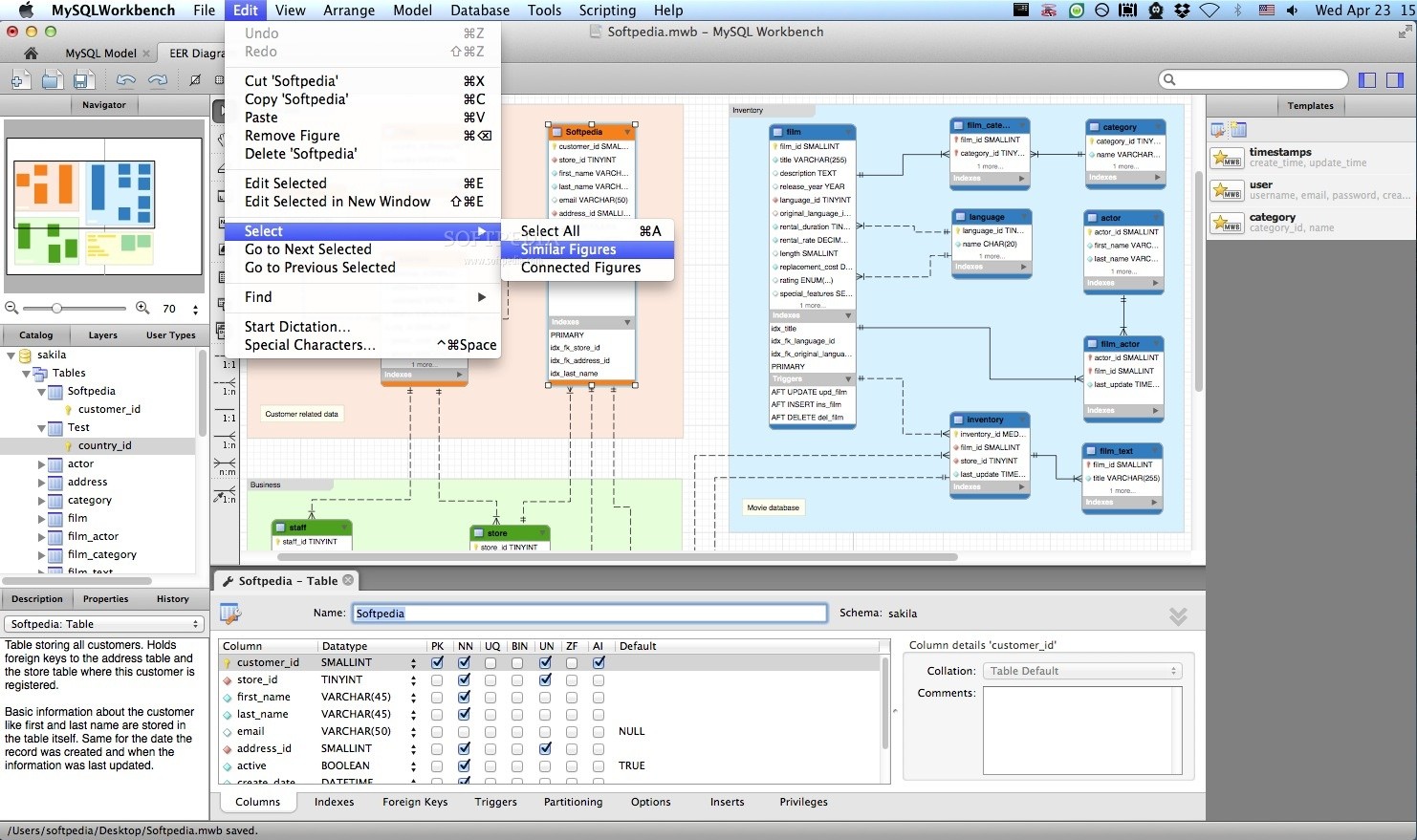The unmistakable screech of a dial-up modem connecting to the internet remains one of the most distinctive sounds of the late 20th century, evoking powerful memories for those who lived through the digital revolution.
🎵 The Symphony of Connection: Understanding Dial-Up’s Acoustic Identity
Before streaming services, social media, and instant connectivity became the norm, getting online was a ritualistic experience accompanied by a unique auditory signature. The dial-up handshake—that series of screeches, beeps, and static-like sounds—wasn’t just noise; it was the sound of two modems establishing a digital conversation over analog telephone lines.
This distinctive sound has become an auditory time capsule, instantly transporting millennials and Gen Xers back to the 1990s and early 2000s. What many don’t realize is that each phase of those sounds represented a specific technical process: the initial dial tone, the touch-tone dialing, the ringing, the answer tone, and finally the handshake protocol where modems negotiated connection speeds.
Today, as nostalgia culture continues to gain momentum across entertainment, fashion, and technology, the sounds of dial-up internet are experiencing an unexpected renaissance. From ringtones to meditation apps, these retro digital sounds are finding new life in our hyper-connected world.
Why Dial-Up Nostalgia Resonates So Deeply
The emotional connection people feel toward dial-up sounds extends beyond simple nostalgia. These acoustic memories represent a pivotal moment in human history when the internet transitioned from a niche technology to a household utility. For many, these sounds are intrinsically linked to formative experiences: first email accounts, early instant messaging conversations, and the excitement of exploring an emerging digital frontier.
Psychological research suggests that sounds are particularly powerful triggers for autobiographical memories. The dial-up handshake is no exception. Hearing it can instantaneously recall the feeling of anticipation waiting for a connection, the frustration when someone picked up the phone mid-session, or the triumph of successfully downloading a single song after twenty minutes.
The Emotional Landscape of Early Internet Culture
Unlike today’s instantaneous connectivity, dial-up internet required patience and intention. You couldn’t be online passively—it was an active choice that involved occupying the phone line, often negotiating with family members about when and for how long you could connect. This scarcity created a different relationship with digital spaces, one characterized by mindfulness rather than constant availability.
The sounds of dial-up served as an auditory boundary between the physical and digital worlds. That 30-60 second connection sequence was a transitional moment, a threshold experience that prepared you mentally for entering cyberspace. In our current age of seamless, invisible connectivity, many people feel a nostalgic longing for this more deliberate digital experience.
🔊 The Technical Beauty Behind the Noise
To truly appreciate dial-up sounds, it helps to understand what was actually happening during that connection sequence. The process, known as the handshake protocol, was essentially two computers having a very fast conversation to determine how they would communicate.
The initial high-pitched tones were the calling modem announcing itself. The answering modem would respond with its own tone. Then came a rapid exchange where both modems tested various frequencies to determine which channels were clear and stable enough for data transmission. This resulted in that characteristic swooshing, static-like sound as hundreds of frequencies were tested in seconds.
Decoding the Digital Dialogue
Different parts of the connection sound indicated specific technical processes:
- Initial dial tone: Confirmation that the phone line was active and ready
- Touch-tone beeps: The modem dialing the ISP’s phone number
- Ring tone: Waiting for the ISP’s modem to answer
- High-pitched tone: The ISP’s modem announcing its presence
- Static-like screeching: Handshake negotiation and speed testing
- Final settling tone: Confirmation of successful connection
This technical process, while primitive by modern standards, was remarkably sophisticated for its time. The entire negotiation happened in less than a minute, establishing a connection that could theoretically reach speeds of 56 kbps—though real-world speeds were often much slower.
Modern Applications of Retro Digital Sounds
The revival of dial-up sounds isn’t purely nostalgic—creative developers, musicians, and artists are finding innovative ways to incorporate these retro acoustic elements into contemporary contexts. From notification tones to ambient music compositions, the distinctive sounds of early internet culture are being repurposed for modern audiences.
Several mobile applications now offer dial-up sounds as customizable ringtones or notification alerts. These apps allow users to assign the complete connection sequence—or specific portions of it—to various phone functions, bringing a touch of retro charm to modern smartphones.
Audio Nostalgia in Digital Wellness
Interestingly, some mindfulness and focus applications have incorporated dial-up and other vintage computer sounds into their soundscapes. The reasoning is psychologically sound: these familiar yet dated sounds can trigger focused attention states for people who associate them with concentrated computer use during their formative years.
White noise and ambient sound apps have also begun including “vintage internet” sound collections, positioning dial-up noises alongside rain sounds and crackling fireplaces as background audio for work or relaxation. For users who grew up during the dial-up era, these sounds can be surprisingly calming and conducive to concentration.
🎮 Dial-Up Culture in Entertainment and Media
Film, television, and video game producers have recognized the cultural significance of dial-up sounds, frequently incorporating them into period pieces or as deliberate nostalgic elements. Shows like “Stranger Things” and “Halt and Catch Fire” have featured authentic dial-up sounds to establish temporal setting and evoke specific emotional responses from viewers.
Music producers have also sampled dial-up sounds in electronic music, vaporwave, and other nostalgic genres. These sounds serve as sonic markers of a specific technological era, carrying both retro-futuristic appeal and commentary on the rapid pace of technological change.
The Aesthetic Movement of Digital Nostalgia
The broader aesthetic movement surrounding Y2K culture and early internet nostalgia has elevated dial-up sounds beyond mere technical artifacts to cultural symbols. Alongside Windows 95 startup sounds, ICQ notifications, and AOL’s “You’ve Got Mail,” the dial-up handshake has become an iconic auditory representation of millennial childhood and early digital culture.
Social media platforms have seen viral trends featuring dial-up sounds, often used humorously to indicate slow processing, outdated thinking, or comedic confusion. These memes demonstrate how deeply embedded these sounds are in collective cultural memory, requiring no explanation for those who experienced the dial-up era firsthand.
Preserving Digital Heritage Through Sound
Beyond nostalgia and entertainment, there’s a serious archival aspect to preserving dial-up and other vintage technology sounds. Digital preservation initiatives recognize that these auditory artifacts are important components of technological history, deserving documentation and protection alongside physical hardware and software.
Museums and digital archives have begun collecting recordings of various modem types, preserving the subtle differences between manufacturers and connection protocols. These audio archives serve educational purposes, allowing younger generations to experience a fundamental aspect of late 20th-century digital culture that would otherwise be lost.
Educational Value of Technological Sounds
For students learning about internet history and telecommunications technology, hearing authentic dial-up sounds provides tangible connection to abstract technical concepts. The sounds make the handshake protocol comprehensible in ways that diagrams and text descriptions cannot, demonstrating through audio the complex negotiation process that enabled digital communication.
Computer science educators have reported using dial-up sounds in classrooms to illustrate principles of data transmission, protocol negotiation, and the evolution of networking technology. The immediate recognition and engagement these sounds generate among certain age groups creates valuable teaching moments.
💾 The Psychology of Technological Nostalgia
The powerful emotional response many people have to dial-up sounds reveals important insights about how we process technological change. Unlike nostalgia for physical objects like vintage cars or retro fashion, technological nostalgia is complicated by obsolescence—the things we’re nostalgic for have been definitively replaced by superior alternatives.
This creates a unique psychological space where we simultaneously appreciate modern conveniences while yearning for the experiential qualities of outdated technology. We don’t actually want to return to slow internet speeds and tied-up phone lines, but we miss the sense of discovery, community, and intentionality that characterized early internet culture.
Sound as Memory Gateway
Neuroscientific research has demonstrated that auditory memories are processed differently than visual ones, often creating stronger emotional associations. The dial-up sound, heard repeatedly during formative years, becomes neurologically linked to the emotions, experiences, and personal development of that period.
When we hear these sounds as adults, we’re not just remembering the internet connection process—we’re accessing a complex web of associated memories: conversations with childhood friends, excitement about new technology, the feeling of exploring digital spaces for the first time, and the broader context of our lives during that era.
Creating New Experiences with Retro Sounds
The revival of dial-up culture isn’t about literal recreation but about thoughtful integration of nostalgic elements into contemporary contexts. Artists, designers, and developers are finding creative ways to honor these sounds while creating new experiences that resonate with modern audiences.
Interactive art installations have used dial-up sounds as central elements, creating spaces where visitors physically experience the waiting and anticipation that characterized early internet access. These installations often comment on our current relationship with technology, using retro elements to highlight how dramatically our expectations and experiences have changed.
The Future of Digital Nostalgia
As technology continues evolving at an accelerating pace, we can expect ongoing waves of nostalgia for various digital eras. The dial-up era represents just one chapter, but it holds particular significance as the transitional period when the internet moved from specialized tool to ubiquitous utility.
Future generations will likely experience similar nostalgia for currently contemporary technologies—perhaps the notification sounds of early smartphones, the visual aesthetic of first-generation social media platforms, or the voice interfaces of current virtual assistants. The dial-up revival provides a template for how outdated technology can be meaningfully preserved and recontextualized.
🌐 Reconnecting with Intentional Technology Use
Perhaps the most valuable aspect of dial-up nostalgia is what it reveals about our current relationship with technology. The mindful, intentional nature of dial-up internet access contrasts sharply with today’s always-on connectivity, prompting reflection on whether constant access has actually improved our digital experiences.
Many people participating in digital wellness movements cite dial-up era internet as an example of healthier technology relationships. The built-in limitations—connection time, bandwidth constraints, single-tasking necessity—created natural boundaries that prevented the compulsive usage patterns common with modern devices.
This doesn’t mean we should literally return to dial-up internet, but the nostalgia for that era suggests a desire for more intentional, bounded technology use. Some individuals are experimenting with artificially imposing similar limitations, such as scheduled internet access times or single-purpose devices, attempting to recreate aspects of the dial-up experience within modern contexts.
The Enduring Cultural Impact of Connection Sounds
The dial-up handshake was never designed to be memorable or meaningful—it was simply the audible byproduct of a technical process. Yet it has transcended its functional origins to become a cultural touchstone, representing an entire era of technological development and cultural transformation.
This transformation from technical noise to cultural symbol demonstrates how profoundly technology shapes our experiences and memories. The sounds we hear during formative interactions with new technology become woven into our personal and collective narratives, gaining significance far beyond their original purpose.
As we continue navigating rapid technological change, the lessons of dial-up nostalgia remain relevant. They remind us that our relationships with technology are fundamentally human experiences, mediated through sensory engagement, emotional connection, and social context. The sounds that once signaled our entry into the digital world now call us back to remember who we were and how we got here.
The revival of dial-up culture through sound offers more than mere nostalgia—it provides opportunity for reflection, connection, and creative reinterpretation. Whether through ringtones, art projects, or educational initiatives, these distinctive sounds continue connecting us to a pivotal moment in human history when the internet transformed from curiosity to necessity, one screeching handshake at a time.
Toni Santos is a visual historian and creative artisan whose work channels the bold spirit of the steam-powered era—a time when imagination, mechanics, and ambition converged to reshape the modern world. Through richly detailed visual narratives and handcrafted design, Toni celebrates the legacy of steam innovation as both an artistic and technological revolution.
Driven by a passion for mechanical aesthetics, forgotten inventions, and industrial-age ingenuity, Toni reimagines the world of steam through illustrations, tactile artifacts, and storytelling that capture the poetry of pressure, motion, and invention. From piston-driven engines to brass-detailed diagrams, each piece reveals how steam wasn’t just power—it was promise.
With a background in visual design and historical research, Toni brings a craftsman’s eye and a dreamer’s heart to the stories of tinkerers, inventors, and visionaries who shaped the 19th century. His work doesn’t merely document machines—it honors the culture, courage, and creativity that drove a world to reimagine itself through gears, valves, and vapor.
As the creative voice behind Vizovex, Toni shares curated articles, reconstructed blueprints, and visual interpretations that bring this industrial past to life. His collections serve as a tribute to:
The elegance of steam-era design and innovation
The human stories behind great mechanical feats
The aesthetic beauty found in function and form
The echo of invention in today’s creative world
Whether you’re a history lover, a fan of steampunk, or an admirer of antique technology, Toni welcomes you into a world where art and machinery fuse, one cog, one drawing, one rediscovered marvel at a time.





